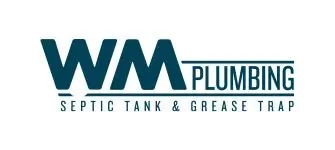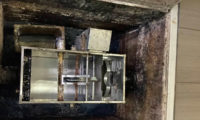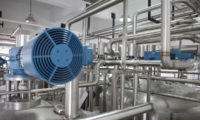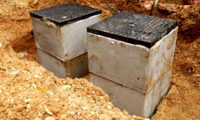How to Prevent Plumbing Issues in a High-Volume Kitchen
In high-volume kitchens, whether in restaurants, catering services, or bustling households, plumbing systems experience constant use and stress. A malfunction can halt operations and lead to costly repairs. To ensure smooth operations, follow these ten [...]
How Do Health Inspectors Check Grease Traps?
Health inspectors play a critical role in maintaining public safety and environmental health, especially in food establishments. One of their essential tasks is checking grease traps to ensure they are functioning properly and not contributing [...]
How to Deal With Low Water Pressure in a High-Rise
Living in a high-rise apartment comes with its own set of perks—panoramic views, city-central locations, and often top-tier amenities. However, one common challenge residents face is low water pressure, especially on higher floors. Poor water [...]
Plumbing Requirements for Food Processing Plants
Food processing plants have specialized plumbing requirements to ensure sanitary conditions, operational efficiency, and compliance with health and safety regulations. Proper plumbing infrastructure is critical to maintaining the quality of products and preventing contamination. Below [...]
Is Rainwater Overflow Bad for Your Septic System?
Rainwater overflow can pose significant risks to your septic system, potentially compromising its functionality and lifespan. A septic system is designed to handle a specific volume of wastewater generated by your household. When rainwater infiltrates [...]
Are Cooking Oils Bad for Your Septic System?
Cooking oils, though a common ingredient in kitchens, can pose significant challenges to septic systems if not disposed of properly. Septic systems are designed to handle organic waste and wastewater, breaking them down through natural [...]






